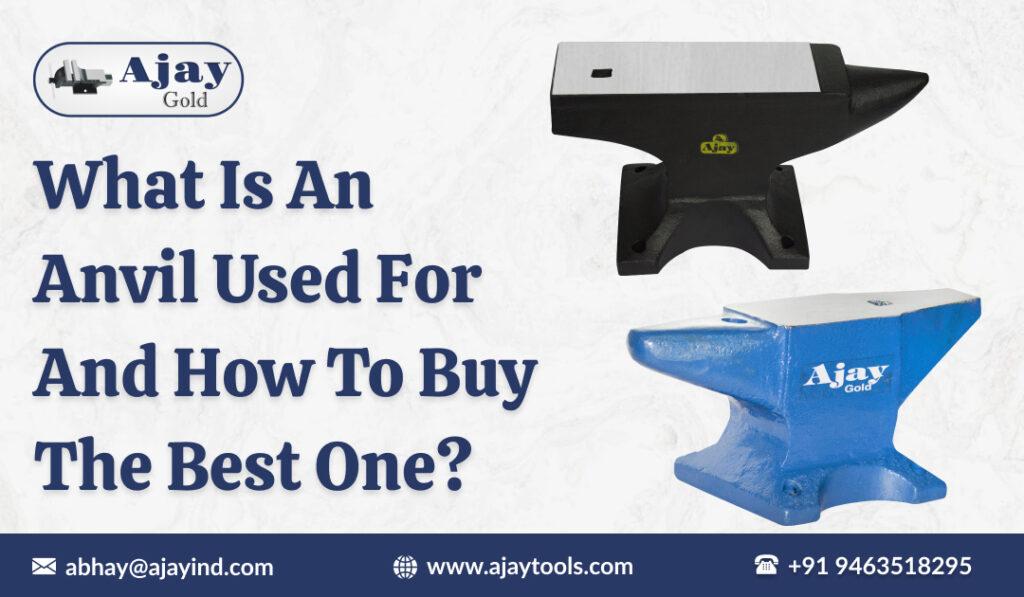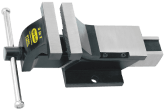When it comes to blacksmithing, the name that comes to mind is an anvil. The device acts as a stable surface used for working metal components. Basically, a blacksmithing anvil is used to give the shape to different metal pieces in many ways. Traditionally, anvils were made using stone slabs. However, in the modern days, anvils are made of steel to suit several applications. In today’s blog, we’ll discuss anvils, their different parts and a few things that need to consider when you decide to purchase the best anvil. Let’s get started:
What is an Anvil Used for?
In blacksmithing, the two most important things are the hammer and anvil. An anvil is a metal piece used as a flat working surface. It is specifically designed to provide a robust working platform on which the metal components are forged. They come in different sizes and weights. No matter what size and weight you choose for an anvil, make sure it matches your requirements.
What are the Parts of an Anvil?
An anvil consists of various components used for various purposes. Although anvils come in different sizes and weights, the functionality of each anvil is the same.
- Anvil FaceThe anvil face is a flat surface used for forging metal items. It is the most used part as compared to other parts of an anvil.
- Anvil HornIt is considered a pointed part of the device. It is used to shape metallic items and give them a round shape. The horn is not as robust as the anvil face because it is not hit by the hammer.
- The StepIt is located between the anvil face and the anvil horn. The anvil table height is slightly raised as compared to the horn. But its height is lower than the anvil face. Its edges are used as cutting points.
- The Hardy HoleThe hardy hole is located between the face surface and the heel. It is a square and is used to hold different equipment pieces, such as a chisel.
- The Pritchel HoleThis hole is used for the same reasons as the hardy hole. It is used to punch holes into metal items.
How to Buy the Best Anvil for Your Workshop?
When you decide to buy an anvil, you need to consider various things. Variousanvil suppliers can deliver high-quality anvils. Take a look at the following points to know what you should consider when buying an anvil for your workshop.
- ApplicationsYou need to consider how you want to use the anvil because it will help you determine the type of anvil you want to buy. For instance, if you want to use an anvil for DIY projects, then you can buy a small and affordable anvil. On the other hand, if you want to buy an anvil for industrial applications, then you should go for customized options.
- Anvil Material
The material of the anvil helps in determining its durability and performance. Traditionally, stone slabs, bronze, and iron materials were used to make anvils. Nowadays, steel is the most commonly used anvil material. Another important material for making anvils is cast iron
- Shape and SizeThe size and shape are important to consider because they can help you determine the uses of the anvil. It will help you determine the material size you want to forge.
- CostLast but not the least, the point that you need to consider is the anvil price. You need to consider the cost, especially if you have a low budget.
Where Can You Buy An Anvil?
There are various manufacturers of anvils available, so you can buy from any. However, make sure the manufacturer is reliable. When it comes to high-quality and trustworthy anvil manufacturing companies, you can contact Ajay Tools.
Conclusion
The blacksmith can never miss the anvil tool apart from the hammer, tongs, forge, and other important tools. Anvils come with different features, sizes, shapes, and weights. There are various uses of an anvil in a workshop, so when you decide to buy an anvil tool, ensure to choose high-quality material. Moreover, you can also contact Ajay Tools for the best quality anvils.


